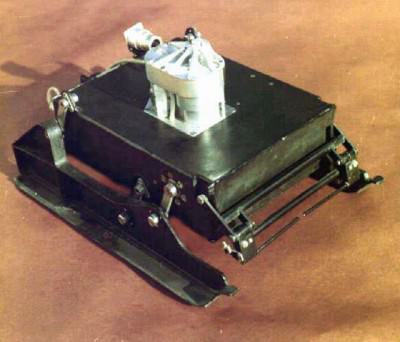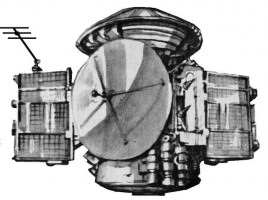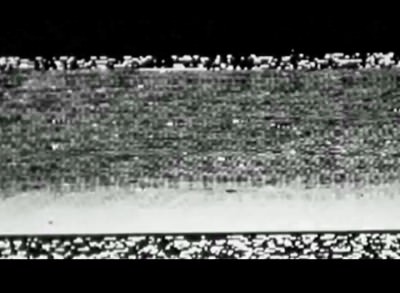Unsuccessful Mars Rovers: The Failed Soviet Prop-M Rover
With the recent landing of NASA’s latest Mars rover, Curiosity, there has been a renewed excitement for discoveries to be found on Mars. However, while the Curiosity rover currently has much of the attention of space rover fans, let’s take a moment and discuss all of the rovers that were sent to land on the planet but failed. After all, Curiosity was not the first rover to attempt to land on Mars.
The first unsuccessful Mars rover was the Prop-M, prepared for launch in 1971 by the Soviet Union as part of its Mars space program. The Prom-M was a small rover, weighing only 9.9 lbs (4.5 kg). Compared to modern rovers today such as the Curiosity, the Prop-M was had very limited and basic technological capabilities. It was designed to always be attached to the Soviet Mars lander that would carry it to the surface of the planet, even after landing and during exploration. Because of this attachment requirement, the Prop-M could only travel about 49.21 feet (15 meters) away from the lander.
Because direct control from planet Earth to the Prop-M rover would take a long time due to the distance radio signals would have to travel between the two planets, the Prop-M was equipped with a basic obstacle avoidance system. This consisted of two metal rods that could detect and automatically allow the rover to avoid major obstacles during its limited exploration of the surface of mars. The rover was also equipped with cameras to record images to be later used for analysis, potentially allowing for more up-close and in-depth analysis of material composition of the Mars surface.
The Prop-M was first sent to Mars attached to the Soviet Mars 2 space probe. After a successful launch of the Mars 2 on May 19, 1971, the descent module aboard the Mars 2 malfunctioned during the landing on Mars. Because of this malfunction, the orbiter crash landed, resulting in an inoperable rover and an unsuccessful mission. Despite this failure, it should be noted that components from this Mars 2 rover were the first man-made objects to land on Mars.
Despite the failure of the Mars 2 space probe, there was still hope that a Prop-M rover would successfully explore Mars. This was because the Soviets launched another identical orbiter, the Mars 3, 9 days after the launch of the Mars 2. After a successful launch of the Mars 3 on May 28, 1971, the Mars 3 successfully landed on Mars on December 2, 1971. Unfortunately, about 15 seconds after landing, transmissions from the lander stopped and successful deployment of the Prop-M rover was not achieved.
Although the Soviets were ultimately unsuccessful in achieving their main goals, what they were able to achieve through the Mars 2 and Mars 3 missions is impressive, especially considering that this was accomplished in 1971. For those curious, below is the first image ever transmitted from the surface of Mars, taken and transmitted by the Mars 3 space probe:




